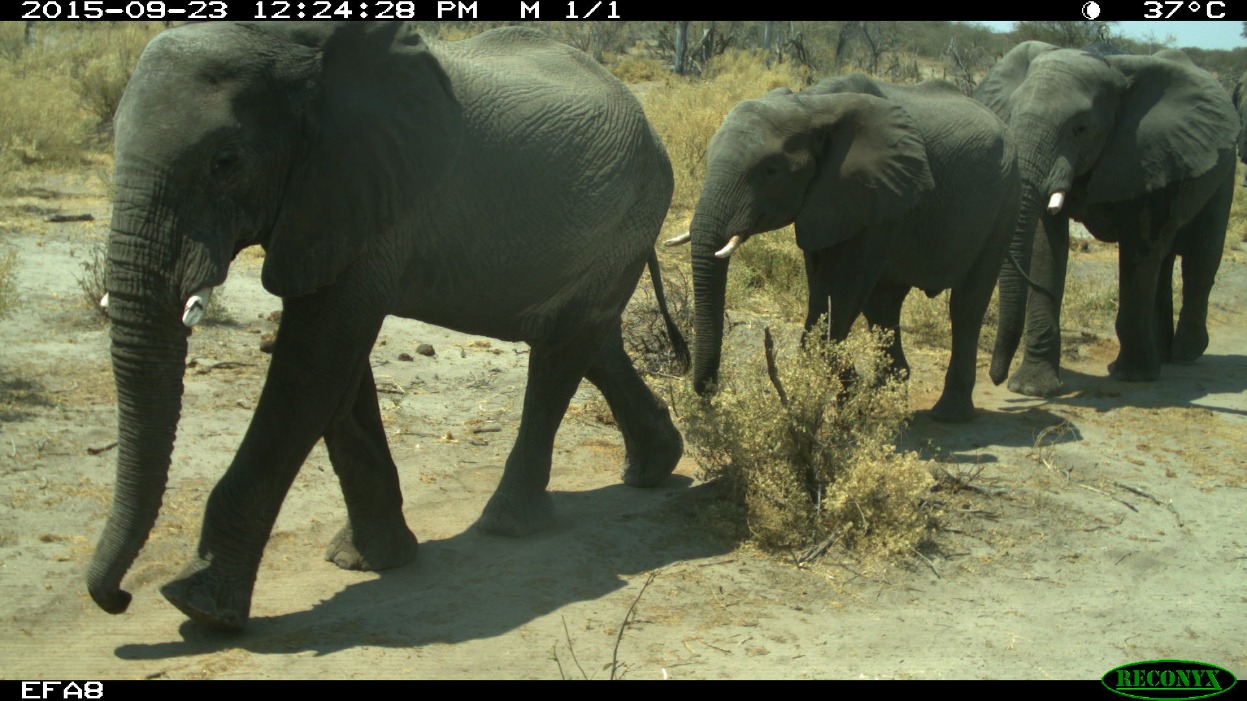Snapshot Elephants for Africa
Finished! Looks like this project is out of data at the moment!
Absolutely brilliant that we have completed the first categorisation. Now on to the next stage 😃 Be sure to check out this workflow on the mobile app! Also note - this project recently migrated onto Zooniverse’s new architecture. For details, see here.

Elephants for Africa (EFA) is a UK charity and Botswana registered NGO, conducting research primarily on male African savannah elephant social behaviour and group dynamics.
Learn moreYou can do real research by clicking to get started here!
Zooniverse Talk
Chat with the research team and other volunteers!
Snapshot Elephants for Africa Statistics
View more statsKeep track of the progress you and your fellow volunteers have made on this project.
Every click counts! Join Snapshot Elephants for Africa's community to complete this project and help researchers produce important results. Click "View more stats" to see even more stats.
Percent completeBy the numbers
Message from the researcher
Welcome to Snapshot Safari, the latest project from the Univ. of Minnesota Lion Center. Please help us identify the animals in these photos--this is an invaluable service to researchers and conservation managers throughout eastern and southern Africa!
shuebner729About Snapshot Elephants for Africa
EFA collect long-term data on interactions and associations between individual bull elephants, which are identified using ear notch patterns and tusk morphology. We conduct our research in the Makgadikgadi Pans National Park (MPNP), in Botswana.
The MPNP elephant population is of interest to us as it consists of predominantly bull elephants – over 95% of the elephants that we record are transient males. Therefore it is an ideal place to study the social behaviour of the all-male groups found in this “bull area”. We are interested in understanding more about the social behaviour of these males because we believe that the dynamic, fission-fusion nature of their interactions may influence behaviour later in life, especially in terms of dominance hierarchies and behaviours such as crop raiding.
Understanding male elephant social behaviour, how it might differ in areas dominated by bulls from breeding herd areas, and what impact social interactions have on learning, dominance hierarchies and information transfer is also fundamental to being able to predict responses to changing ecological conditions and human encroachment.